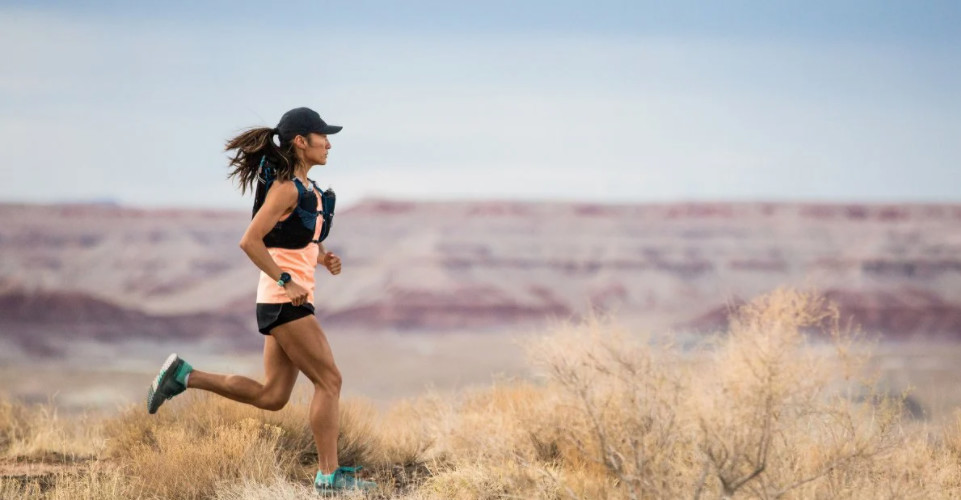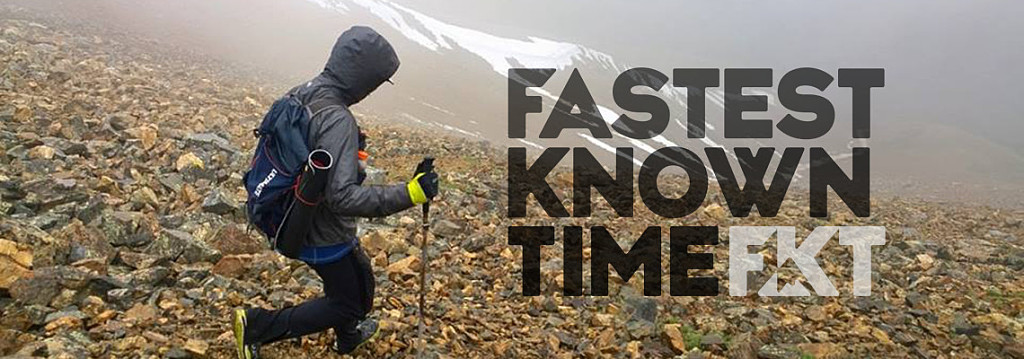Running News Daily
Running News Daily is edited by Bob Anderson. Send your news items to bob@mybestruns.com Advertising opportunities available. Train the Kenyan Way at KATA Kenya and Portugal owned and operated by Bob Anderson. Be sure to catch our movie A Long Run the movie KATA Running Camps and KATA Potato Farms - 31 now open in Kenya! https://kata.ke/
Index to Daily Posts · Sign Up For Updates · Run The World Feed
The Enduring Appeal of the Fastest Known Time
Race cancellations have produced an uptick in FKTs, but the obsession predates the pandemic
Last week, there was big news in the world of “fell running,” a sport that can perhaps be described as the soggier, hillier, and more misery-inducing cousin of cross-country. Great Britain’s Beth Pascall set a new women’s record for the Bob Graham Round, the legendary 66-mile loop in England’s Lake District, which includes roughly 27,000 feet of elevation gain. Pascall completed the route in a remarkable 14 hours and 34 minutes. When she returned to Moot Hall, the Round’s start and finish point in the village of Keswick, a waiter emerged from a local pub to present her with a celebratory pint. Three cheers for Cumbrian hospitality.

Like the rest of humanity, Pascall had originally intended to spend the summer of 2020 doing something else. In her case, she’d planned on contesting several high-profile races on the ultra circuit, including UTMB and Western States—events where she’d previously finished in the top five. That was before the coronavirus pandemic led to the cancellation of every major race under the sun.
“When all the races were canceled back in March, I was like, right, I’m going to do it,” Pascall says. “It didn’t cross my mind to do anything else, to be honest—just because the Bob Graham record is the most prestigious fell running record that exists.”
Needless to say, such solitary bids for glory have seen a rise in popularity in recent months. In a story for FiveThirtyEight, Anna Wiederkehr reported that the website FastestKnownTime.com had recorded nearly four times as many FKTs from runners through the first half of 2020, compared to the same time period in 2019. Last week, Wiederkehr appeared on NPR’s All Things Considered to explain the FKT phenomenon to the program’s slightly incredulous host, Ari Shapiro. “Why do people do it if they don’t get the bibs and the crowds and the glory and all the other things that go along with most sports?” Shapiro asked.
Why do people do it? It’s a reasonable question—especially since the FKT boom has been ongoing for years. One answer is that hardcore FKTers are primarily seeking the respect of their fellow endurance junkies. After all, even the mother of all (American) FKTs—the rim-to-rim-to-rim traverse of the Grand Canyon—is, for the most part, meaningful only within the insular world of ultrarunning.
“It’s a lot easier for someone who isn’t into ultrarunning to know what a good 10K or marathon time is, but with some of these FKTs, it’s kind of in the weeds as far as what the standards are,” says Pete Kostelnick, who set a new FKT for running across the United States after trekking from San Francisco to New York in the summer of 2016. (The mark stands at 42 days, six hours, and 30 minutes, in case you’re looking for ideas on how to spend the rest of your summer.)
“I definitely think that most people who do these FKTs are looking for recognition from their peers, certainly more than from people who don’t really understand the sport,” Kostelnick adds.
For an FKT to be accepted by FastestKnownTime.com, a run has to be verified with a GPS data file and the route has to be significant enough to warrant inclusion. Regarding the latter point, the website states that an FKT should be “notable and distinct enough so that others will be interested in repeating it.” Such phrasing leaves things open to interpretation. One recent entry on the website is Joey Campanelli’s new mark for the northbound route of Nolan’s 14, which involves bagging fourteen 14,000-foot peaks in Colorado’s Sawatch Range in 60 hours or less. (I suppose some people might be interested in repeating that.)
Of course, the sheer number of FKTs (there have already been more than 1,700 new additions to FastestKnownTime.com this year) means the majority of these efforts are probably only going to be significant on a hyperlocal level—think Strava CRs for trailheads. Hence, even for top athletes, the pursuit can sometimes be more of a personal challenge, as opposed to a bid for wider recognition.
“For me, it starts as a private goal,” says ultrarunner YiOu Wang, who recently set an FKT for the 40-mile stretch in the Sierra Nevada known as the Rae Lakes Loop. “I enjoy the process of working towards it, achieving it, and then sharing that achievement with the community.”
This private/public dichotomy suggests a sort of paradox at the heart of FKT culture, one that feels appropriate to our social media–saturated age. On the one hand, part of the appeal of these undertakings is that they project an air of spontaneity and wholesome solitude. At its most idealized, the pursuit of an FKT is a way to commune with nature while testing your physical limits. In theory, you can go out and set an FKT whenever the mood strikes or when the weather is favorable. You don’t need anyone’s approval. Unlike in races, where you’re taking part in a prepackaged, carefully regulated event, the hunt for an FKT can feel refreshingly removed from all the noise.
Sign up for our 10-day email challenge to get moving every single day and kickstart a more active lifestyle.
Enter your email address
This site is protected by reCAPTCHA and the Google Privacy Policy and Terms of Service apply.
But for an FKT to become “official,” the feat ultimately still requires external validation, and here the standards are becoming ever more stringent. FastestKnownTime now requests that runners who are attempting FKTs on famous routes state their intentions in advance, provide real-time tracking, and submit photographic evidence. Pics or it didn’t happen.
In the same way that the process of documenting an experience inevitably changes the nature of that experience, having an FKT as the main impetus for an extended traverse will impose certain constraints. (Right now, some intrepid souls are attempting FKTs on both the Appalachian and Pacific Crest Trails. Power to them. But if you were going to spend weeks trekking in the Sierra or the mountains of Appalachia, wouldn’t you want to take your time?)
When I brought this up to Kostelnick, who averaged 72 miles a day on his cross-country run and hence didn’t have much time to stop and smell the sagebrush, he admitted that, looking back, there was a sense of missed opportunity. “I had a lot of regrets,” he says. “I didn’t really soak in any sights, because I was always either moving, eating, or sleeping.” Such was the extent of his retrospective FOMO that, two years after completing his record-setting run, Kostelnick made another trip on foot, this time from Kenai, Alaska, to Key West, Florida, where he made a point of lingering when he felt so inclined. (The pace was a leisurely 50 miles a day.)
For her part, Wang says this was also a concern during her recent FKT attempt in the Sierra Nevada.
“I thought about that a lot, because it was my first time doing the Rae Lakes Loop and I actually wanted to enjoy it,” Wang says. “But a lot of times when you do an FKT, you don’t really enjoy the trail, because you have to be so focused on beating these times—it’s a difficult balance.” Despite such potential caveats, however, Wang feels that allure of the FKT is likely to persist.
As she told me: “If there’s a route out there, someone is going to try to do it as fast as they can.”
by Outside Online
Login to leave a comment




